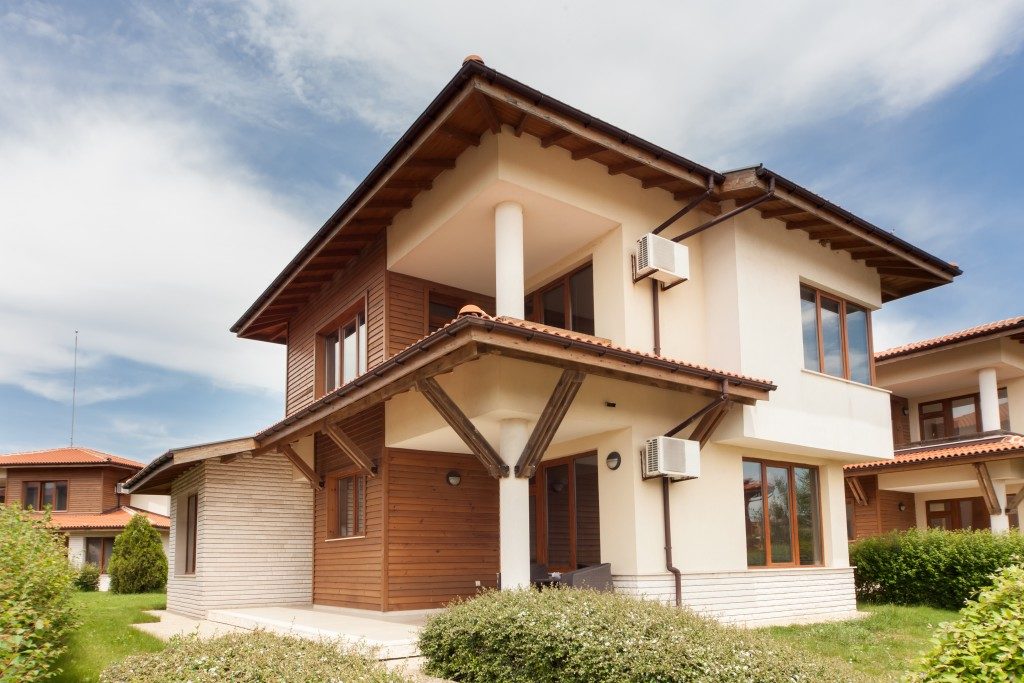As a first-time home buyer, it’s normal to feel overwhelmed. After all, purchasing your first home is a huge investment.
Arming yourself with the right information is the first step to putting your mind at ease. Below, we dispel some first-time home buying myths to help you land the best property for you and your family.
Myth #1: You need a high credit score to buy a house
Your trusted mortgage broker in Salt Lake City will tell you the two major contributing factors to your home interest rate are your credit score and your down payment. The better your credit score, the lower your rate. Similarly, the greater cash you put down, the lower your monthly payment.
While a good credit score can improve your chances of scoring a cheaper home, it is not a requirement to homeownership. There are loans and lenders out there that are more lenient towards buyers with lower credit scores or have had credit issues in the past. Although some of these loans may come with additional fees. Consult with trusted brokers and agents to ensure you get the best possible loan for you.
Myth #2: You can’t apply for a mortgage if you have student loans
Don’t let student loans discourage you from applying for a mortgage. In reality, lenders pay attention to your monthly payments, not your total student debt. They may also consider how your monthly-debt-to-monthly- income ratio. Calculate this on your own by adding up all of your monthly debt payments and divide them by your monthly income.
By doing this, your lender assesses if you will be able to pay your monthly mortgage payments alongside other expenses. While some buyers prefer paying off their existing debts before investing in property, having student loans will not stop you from getting a mortgage.
Myth #3: You can’t pay less than 20% down
It’s true that a down payment higher than 20% can save you from paying private mortgage insurance (PMI). But it’s also true that buyers nowadays have the option of paying less than 20% of the total property cost. Some homes can even require as little as 3-5% down.
Yes, there are several lenders and programs out there that allow you to have a lower down payment. However, since you are paying less money up front, your lender may see you as a more high-risk borrower than individuals who put down a full 20%. As a result, you might need to cover mortgage insurance as part of your monthly payment.
 Myth #4: Your down payment is your only upfront cost
Myth #4: Your down payment is your only upfront cost
Unfortunately, even if you opt for a down payment higher than 20%, you still have to pay other initial costs. These include closing costs which range between 2-4% of the property’s total purchase price. This fee usually includes items like title fees, homeowner’s insurance, and others.
You will also need to pay for an inspection before closing. Depending on your property’s size, an inspection usually costs a few hundred dollars.
Your lender will also add the cost of appraisal to your bill. An appraiser usually comes in and inspects the home to assess its financial value. Your lender will decide if you have to pay the appraisal fee when the inspection is conducted or as part of your closing costs.
There’s nothing more thrilling than buying a property you can truly call your own. While the process can be nerve-wracking, don’t let your misconceptions get the best of you. Get your facts straight and consult only with professionals you can trust.



